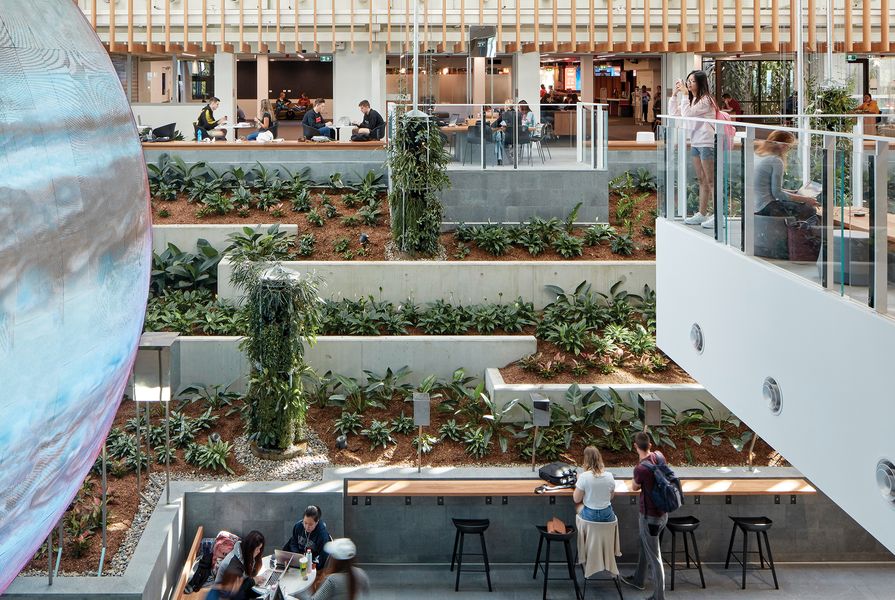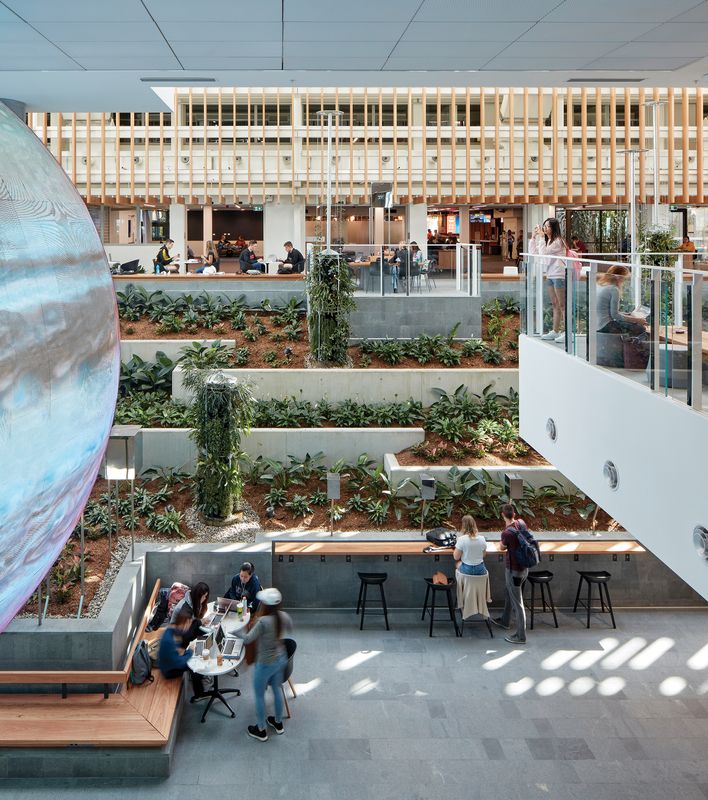The 2020 COVID-19 pandemic has forced massive changes on almost every workplace across the country and has wreaked unprecedented damage on the Australian economy, with experts in mid-May predicting the largest budget deficit in history and unemployment tipped to soar to 10 percent in the June quarter – the highest rate since the recession of the early 1990s .1
Australia’s $38 billion per year tertiary education sector2 has certainly not been immune to these difficulties; in fact, even among the carnage, it stands out as a sector that – despite structural vulnerability to international crises and global economic shocks – has been woefully unprepared to weather the Covid storm. Peak body Universities Australia projected a loss of revenue between A$3 billion and A$4.6 billion this year, with more than 21,000 jobs at risk in the next six months.3 With all of these losses happening at the macro scale, how did individual programs in the first half of this year cope with rapid changes to course delivery and shutdowns of campus life?
To learn more about both staff and student experiences of this unprecedented pedagogical experiment, I spoke with several senior academics, two sessional staff members and three students across three universities: Deakin University, RMIT University and the Melbourne School of Design at the University of Melbourne. I also drew on my own experience tutoring sessionally at RMIT University.
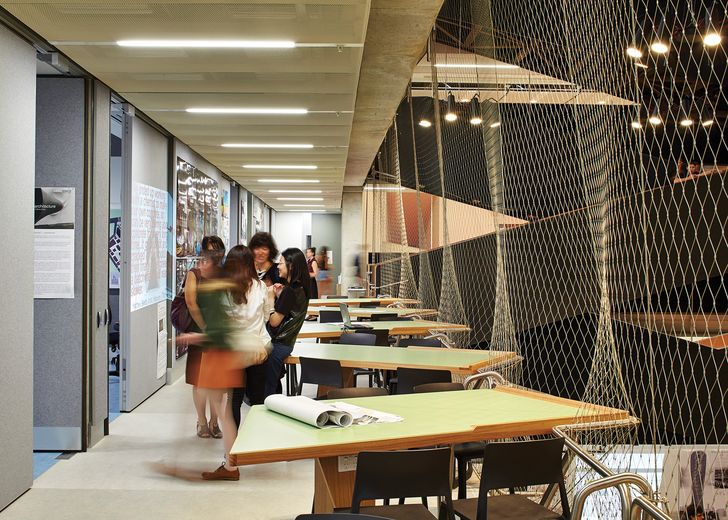
Melbourne School of Design by John Wardle Architects and NADAA (architects in association) with Oculus.
Image: Photo: Peter Bennetts
The shift to online
Online delivery of tertiary courses is nothing new. Design courses such as landscape architecture, however, have often been thought of as incompatible with remote learning due to their emphasis on “studio culture” and group work. In addition, landscape architecture education has, at its core, an embodied relationship to site – to landscape. How could a course such as this move online? Yet despite these concerns, landscape architecture courses did move online, and swiftly, with both full-time professional staff and the increasingly sizable cohort of part-time sessional staff forced to rapidly adapt to the virtual classroom.
Everything takes a lot longer
Perhaps unsurprisingly, everyone agreed that the duration of studio sessions had increased. Trying to instruct twenty-odd students in a Zoom or Teams session and facilitate discussion between a group of students who had seldom met in person, if at all, naturally took a lot of time. It was extremely difficult to achieve a free-flowing discussion where students asked questions of each other; admittedly, even in person, achieving such discussions had never been straightforward. The staff I spoke with all noticed an increase in after-class communication, with students seeking reassurance that they understood the task and that their work was on the right track. For the sessional staff I spoke to (and for me), this seeking of reassurance had accounted for a large increase in unpaid hours spent responding to student concerns. For the students I spoke with, there was more uncertainty and anxiety around where their work sat in relation to that of the rest of the class.
Presentation versus workshop
Online conferencing platforms such as Zoom and Teams are designed for just that: conferencing. Neither platform is great at facilitating workshop sessions where ideas can be developed iteratively and participants can interact with each other’s work. Zoom does have a mark-up feature, however, many universities (including RMIT) had, at the time of writing this article, banned the use of the feature due to security concerns. The lecturers and course leaders I spoke with who had used Zoom or Teams to conduct a class acknowledged a frustration with the presentation format it encouraged, finding that classes conducted this way usually failed to facilitate a discursive dialogue. Online conference sessions required structure to avoid falling into death spirals of awkward silence or people talking over one another, yet a session structure that was too rigid would risk denying the free-flowing dialogue that is so important to the design process. Instructors and students alike wanted to move classes away from conferencing platforms, but where could they go?
Retooling
Midway through semester one in 2020, the University of Melbourne’s landscape architecture program made a game-changing discovery: Mural, a visual collaboration workspace application that describes itself as a platform and professional service that “enables innovative teams to think and collaborate visually to solve important problems.” For lecturer Nano Langenheim, who teaches in both the undergraduate and graduate levels of landscape architecture and urban design at the University of Melbourne, it was Mural that saved her semester. Gone were the awkward Zoom sessions, replaced by digital iterative workshop sessions where everyone in the class could interact with the work being discussed and feedback could be delivered as mark-ups or sticky notes in real time. Was it a panacea? Of course not, but according to Langenheim, it demonstrated a need for staff to retool with new applications. Perhaps with the right resources, the successful online teaching of landscape architecture is plausible.
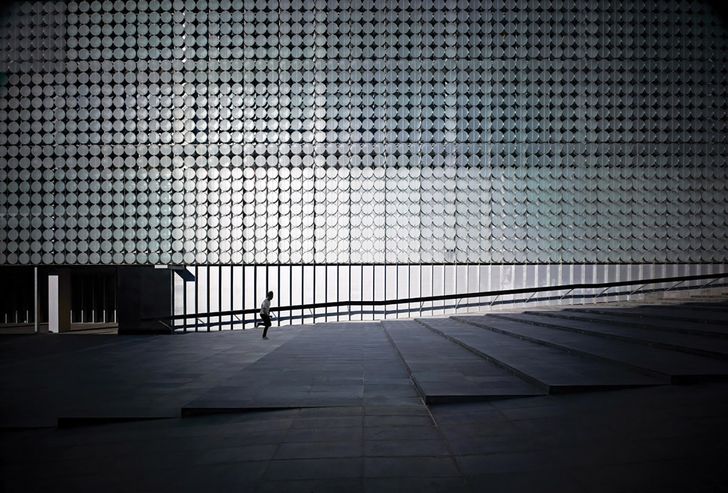
The courtyard of RMIT Design Hub by Sean Godsell Architects.
Image: Photo: Earl Carter
Just because it can, should it be?
The period of adjustment to social distancing requirements demonstrated that despite many concerns, landscape architecture courses and other design classes could indeed be delivered remotely. Even a modest investment in tailored software applications and training in how to effectively use them would enable a far more collaborative and iterative learning experience than many of those experienced during the COVID-19 crisis. But would remote learning support render the face-to-face teaching of landscape architecture non-essential?
Opinions were mixed, and there was plenty of anxiety among students and staff that on the other side of this crisis, universities might look to increase the online delivery of courses as a means to claw back some of the billions lost during the Covid carnage. Those in favour of a return to on-site learning believed that it fostered a studio culture essential to design education and could only be achieved via face-to-face delivery. However, Simon Kilbane, senior lecturer in landscape architecture at Deakin University, questioned whether that long-coveted studio culture vanished before this crisis arrived. Indeed, the days where groups of students could rent an affordable CBD studio space (or be provided one by the university) to pin up work and live and breathe design died with the commercialization of the tertiary sector, the boom in property and rent prices and the decline in government support to students.
Silver linings and lingering uncertainties
While the Covid-19 crisis has exposed the fragility of Australia’s higher education sector, it has also delivered positive outcomes that will endure long after campuses reopen. My students and I have found that seeing one another in our homes has taught us to be more human and aware of our differing personal circumstances. We’ve also learnt that it’s just as easy to organize a guest lecture from New York or Barcelona as it is from Melbourne or Sydney; that Zoom is great for remembering everyone’s names; and that you need not be in the same city, state or even country as your students to lead a course.
One thing that everyone I spoke to for this article agrees on is that this experience will bring about changes that are still unknown. Will landscape architecture programs trial moving all non-studio courses online and focus greater resources on the design studio experience? Will we see more intensive-style studios that commence with a period of on-site exploration, with the remainder of the course delivered online? Will universities such as the University of Melbourne and UNSW market themselves as the “campus experience” universities, while the less prestigious programs market their flexibility, adaptability and state-of-the-art online learning environments?
With the funding models of our largest universities so dependent on international student enrolments4, if numbers don’t soon return to normal, major cuts will be on the horizon. And international students may not necessarily switch to online degrees. As Chancellor of the University of Queensland Peter Varghese recently stated, “students come [to Australia] for a multitude of reasons – cultural experience, part-time jobs, safety, the weather. It’s the collective package. If they wanted to study online they could do it cheaper at other international universities.”5
By the time this article goes to print the answers to some of these questions may be clearer. Let’s just hope that any forthcoming changes to the delivery of design education are considered thoroughly and universities acknowledge that the open-mindedness, tolerance and resilience displayed by students and staff through the Covid-19 crisis may not be repeated in a post-Covid world.
1. Shane Wright, “A new budget disaster: twin deficits of more than $130b on the cards,” Sydney Morning Herald website, 11 May 2020, https://www.smh.com.au/politics/federal/a-new-budget-disaster-twin-deficits-of-more-than-130b-on-the-cards-20200510-p54ri8.html (accessed 17 May 2020)
2. Robert Bolton, “University revenue now ‘severely compromised’,” Australian Financial Review website, 12 April 2020, https://www.afr.com/work-and-careers/education/university-revenue-now-severely-compromised-20200312-p549gj (accessed 17 May 2020)
3. “Measuring COVID-19’s impact on higher education,” ICEF Monitor website, 15 April 2020, https://monitor.icef.com/2020/04/measuring-covid-19s-impact-on-higher-education/ (accessed 17 May 2020)
4. James Doughney, “Without international students, Australia’s universities will downsize – and some might collapse altogether,” The Conversation website, 8 April 2020, https://theconversation.com/without-international-students-australias-universities-will-downsize-and-some-might-collapse-altogether-132869 (accessed 17 May 2020)
5. Robert Bolton, “International students won’t pay for Australian online degrees,” Australian Financial Review website, 11 May 2020, https://www.afr.com/policy/health-and-education/international-students-won-t-pay-for-australian-online-degrees-20200510-p54rkw (accessed 17 May 2020)
Source
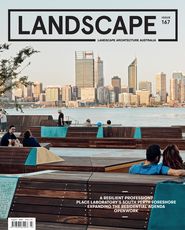
Practice
Published online: 23 Sep 2020
Words:
Ricky Ray Ricardo
Images:
Photo: Christopher Frederick Jones
Issue
Landscape Architecture Australia, August 2020

